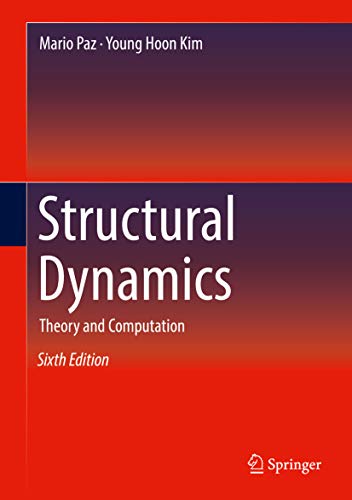What do you think?
Rate this book


The revised version will include:
· solved 34 examples in Chapters 1 through 22 along with MALAB codes.
· basics of earthquake design with current design codes (ASCE 7-16 and IBC 2018).
· additional figures obtained from MATLAB codes to illustrate time-variant structural behavior and dynamic characteristics (e.g., time versus displacement and spectral chart).
This text is essential for civil engineering students. Professional civil engineers will find it an ideal reference.634 pages, Kindle Edition
First published January 1, 1980